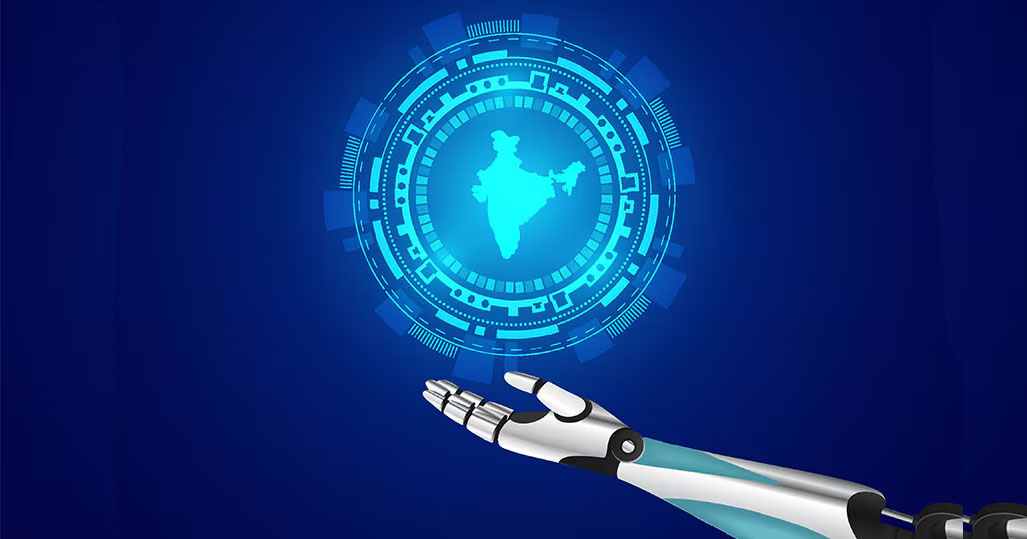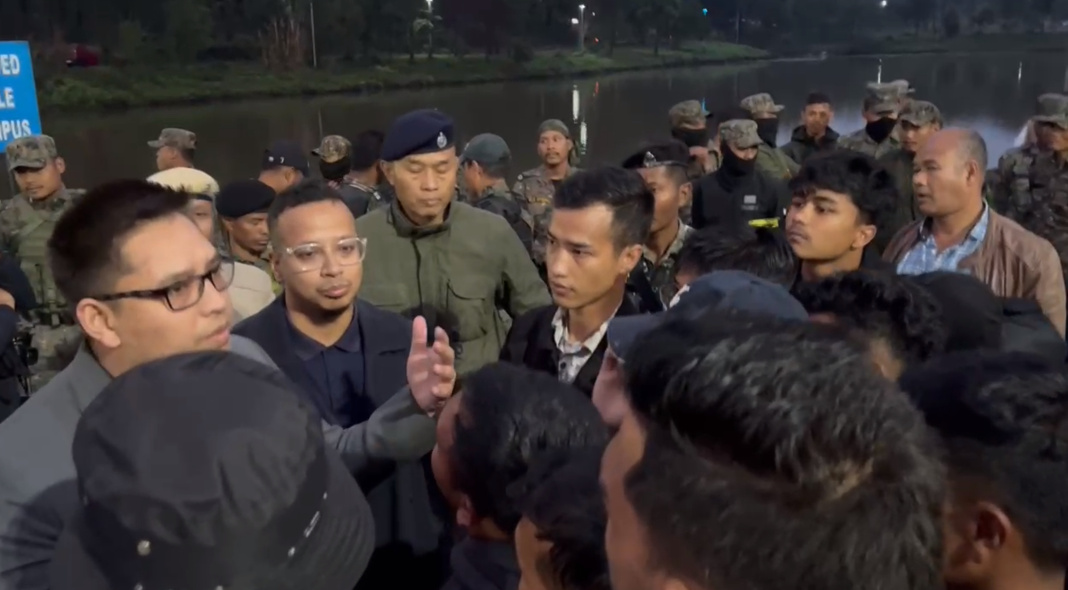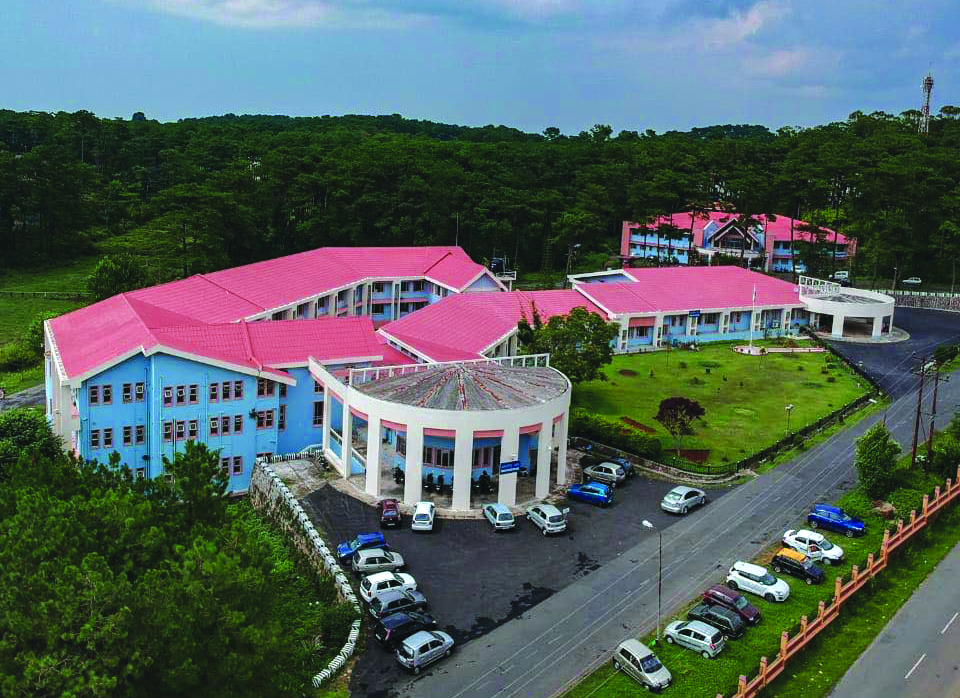By Dipak Kurmi
In an epoch where technology reshapes the contours of human existence, artificial intelligence (AI) emerges as a linchpin of progress, weaving itself into the fabric of daily life and professional spheres across India. Defined as the capacity of machines to emulate human intelligence—encompassing understanding, reasoning, learning, and decision-making—AI is no longer a futuristic aspiration but a tangible force driving efficiency and innovation. The advent of India’s first indigenous large language model (LLM), Sarvam, a Bengaluru-based startup selected for full support under the Rs 10,370-crore IndiaAI Mission, marks a pivotal stride toward technological sovereignty. Set to be operational within six months, Sarvam exemplifies India’s ambition to harness AI for inclusive growth, aligning with the vision of Viksit Bharat by 2047—a developed India where technology empowers every citizen.
The transformative potential of AI is profound, particularly in a nation as diverse and dynamic as India. With a 2024 PwC report projecting AI’s contribution to the global economy at $15.7 trillion by 2030, India is poised to claim a significant share, bolstered by initiatives like the IndiaAI Mission. Far from displacing jobs, AI is expected to generate over 20 million new employment opportunities in India, provided the youth are equipped with relevant skills. The mission, launched in 2024 with a budget of Rs 10,371.92 crore, aims to fortify India’s AI ecosystem through seven pillars: computing infrastructure, data platforms, talent development, research, capital, algorithms, and applications. By establishing a computing capacity of over 10,000 GPUs and fostering indigenous foundational models, the government seeks to reduce reliance on foreign technology and address India-specific challenges in sectors like healthcare, agriculture, education, and governance.
Central to India’s AI revolution is the concept of “voice-first AI agents,” personalized virtual assistants that engage users through natural speech, eliminating the need for text-based interaction. Powered by advanced LLMs, these agents comprehend language, context, tone, and even emotions, offering human-like conversations in languages such as Hindi, Tamil, or Telugu. In a country with 22 official languages, 121 languages, and over 19,500 dialects, this technology holds unparalleled significance. With 900 million active internet users—nearly half of whom remain offline due to illiteracy or lack of tech-savviness—voice-first AI bridges the digital divide, enabling access for non-literate and rural populations. A farmer in a remote village can query a voice AI in their local dialect about crop diseases or weather forecasts, while a student can access educational content in their native tongue, transforming the internet into a voice-enabled, inclusive platform.
The applications of voice-first AI span myriad sectors, amplifying productivity and accessibility. In manufacturing, factory managers leverage voice AI to monitor machine health or inventory levels while on the move, receiving real-time updates. In banking, customers converse with AI agents to check balances or apply for loans, while relationship managers access compliance data hands-free. Healthcare benefits immensely, with doctors dictating prescriptions for automatic transcription and patients receiving medication reminders via voice bots. Retail shop owners use voice commands to reorder goods or track sales, and logistics workers receive route updates through voice AI, enhancing efficiency in field operations. In education, voice tutors deliver lessons in native languages, and teachers generate lesson plans effortlessly. Governance also reaps rewards, as officials summarize policy updates or draft regulatory documents using voice-driven AI. These applications, available as services, democratize AI access, enabling small and medium enterprises to automate internal queries, enhance call centers, guide field teams, or create voice-powered dashboards for leaders.
India’s AI landscape is vibrant, with players like AI LifeBOT, which builds customizable voice agents for HR, finance, and education; Perplexity AI, offering conversational search alternatives; and CoRover, specializing in secure voice agents for defense and aerospace. The Sarvam-1 AI model, with 2 billion parameters and support for ten major Indian languages, underscores the push for linguistically diverse AI solutions. Additionally, BharatGen, a government-funded multimodal LLM launched in 2024, enhances public service delivery through language, speech, and vision capabilities. The Digital India BHASHINI platform further facilitates access to digital services in Indian languages, reinforcing AI’s role in linguistic inclusion.
Yet, the promise of AI is tempered by challenges, notably data privacy and ethical considerations. The Digital Personal Data Protection Act (DPDPA) of 2023, while a step toward safeguarding citizen data, has been critiqued for broad government exemptions that permit unchecked data collection, raising concerns about surveillance and privacy violations. Unlike the EU’s risk-based regulatory approach, India’s framework requires nuanced AI-specific legislation to address evolving risks like deepfakes and biased algorithms. Platforms must be selected with rigorous cybersecurity measures to ensure transparency and protect user data, aligning with the IndiaAI Mission’s emphasis on safe and trusted AI.
The economic and societal implications of AI are staggering. The Indian AI market is projected to grow to $17–22 billion by 2027, attracting $4 billion in investments and creating a talent base of 1.25–1.35 million AI-skilled professionals. Initiatives like the IndiaAI Dataset Platform provide anonymized, high-quality datasets to reduce biases and enhance AI model accuracy in domains like agriculture and healthcare. Three AI Centres of Excellence in healthcare, agriculture, and sustainable cities, with a fourth in education announced in the 2025 budget, drive sector-specific innovation. The IndiaAI Future Skills initiative expands AI education across academic levels, with fellowships for PhD scholars and Data and AI Labs in Tier 2 and 3 cities, positioning India as a global leader in AI skill penetration, with a score of 2.8 per the 2024 Stanford AI Index.
As India marches toward Viksit Bharat, AI’s role in empowering micro-entrepreneurs, rural citizens, and underserved communities is undeniable. Voice tools enable millions to access digital services, making healthcare and education more inclusive. However, realizing this vision demands modernizing education, building AI capacity, and reskilling youth in data ethics, digital operations, and automation. The automation of repetitive tasks, while boosting productivity, could displace up to 60 million manufacturing jobs by 2030, necessitating robust reskilling programs. Public-private partnerships, as seen in the IndiaAI Mission’s call for proposals to develop foundational models, are crucial for fostering innovation and ensuring equitable access.
India’s global AI leadership is evident in its hosting of the Global INDIAai Summit 2024 and participation in forums like the G20 and GPAI Summit. Yet, challenges persist, including reliance on foreign GPUs and a shortage of specialized AI researchers. By investing in domestic chip manufacturing and scaling data management efforts, India can bolster its AI autonomy. The IndiaAI Mission’s focus on ethical AI, as highlighted by Minister Ashwini Vaishnaw’s vision of inclusive technology, ensures that AI benefits reach the most marginalized, aligning with the ethos of “AI for All.”
In this transformative era, India stands at the cusp of an AI-driven renaissance. By embracing voice-first AI, fostering indigenous innovation, and prioritizing ethical governance, the nation can harness technology to uplift its 1.4 billion citizens. Let us not fear AI but shape it responsibly, ensuring that the voices of Viksit Bharat—diverse, resilient, and empowered—resound across the globe, heralding a future where technology serves humanity’s highest aspirations.
(the writer can be reached at dipakkurmiglpltd@gmail.com)




